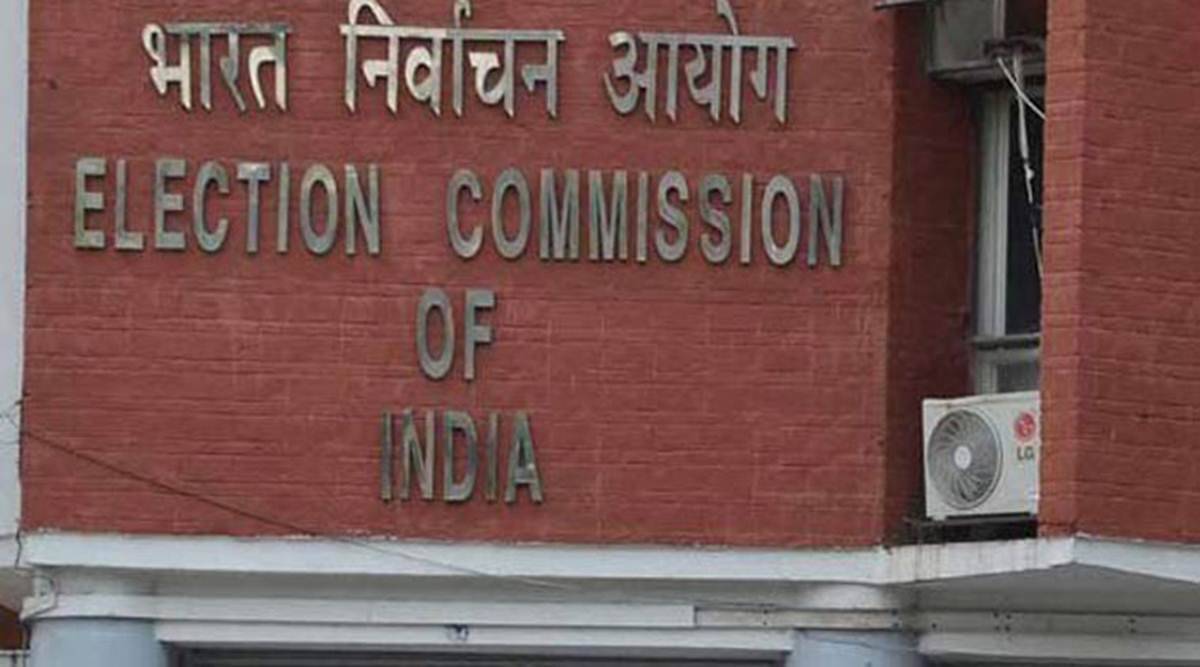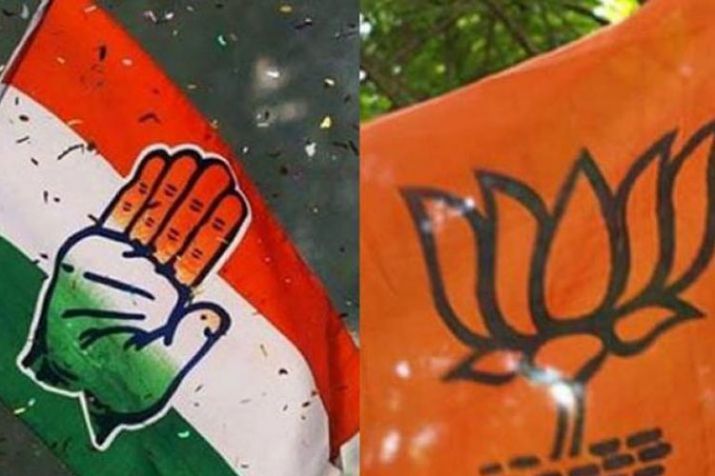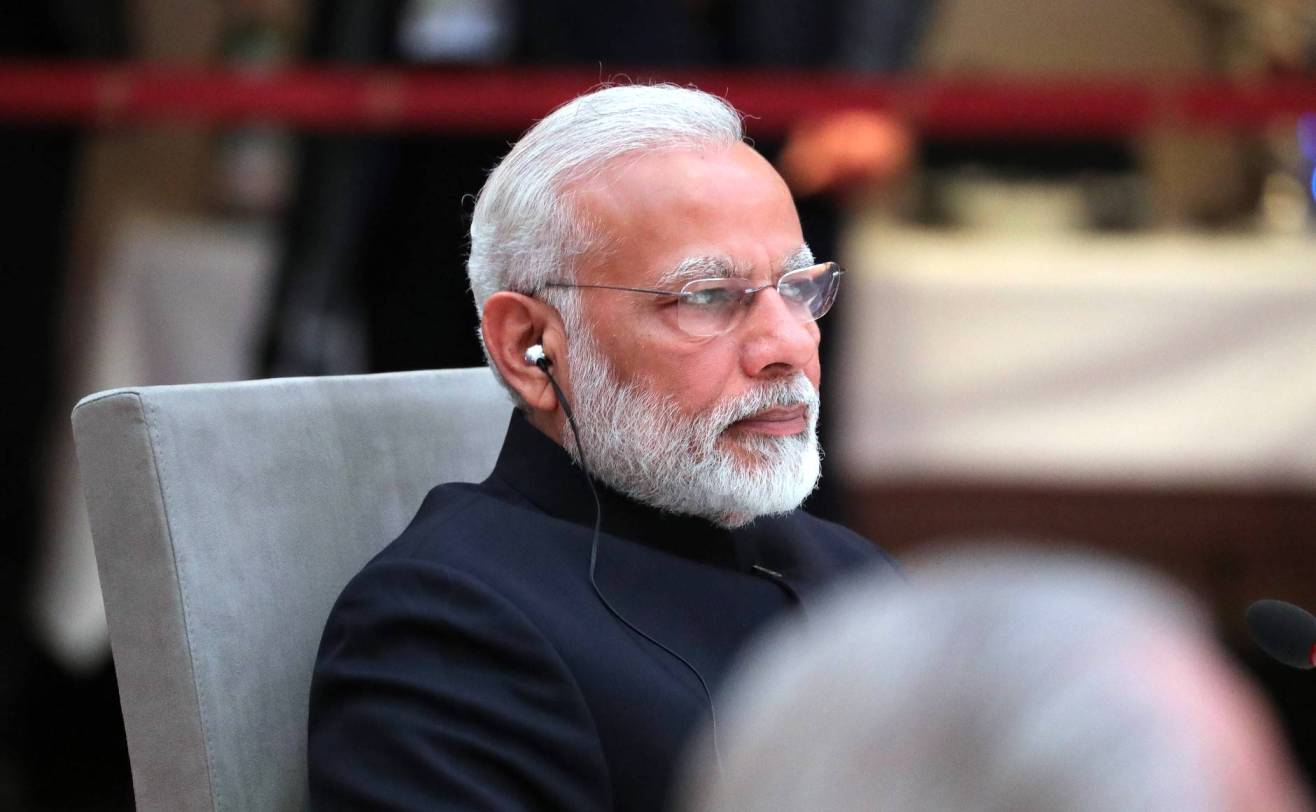India must realise that its NRIs can act as a crucial force in its development, and leverage its potential
A recent UN report says that India now has the largest ‘diaspora’ in the world, with more than 16 million persons of Indian origin living abroad. This Non Resident Indian (NRI) pool represents a little over 1 per cent of India’s population but is a crucial cog in the wheel of India’s development.
How does the Indian diaspora benefit India? The biggest way is through regular remittances. According to a World Bank report released in April, India was the largest remittance-receiving country in the world, with an estimated $69 billion in 2015.
This amounts to a whopping 3.4 per cent of India’s GDP, an amazing multiplier because just 1 per cent of the citizenry, which does not even live in the country, contributes more than three times its fair share to the nation’s wealth.
Stimulating the economy
There are other advantages which diaspora populations bring that are harder to measure. When they visit India, they tend to spend more lavishly than the locals, thereby helping economic activity. NRIs are more prone to donating to domestic charities because of the strong cultural and emotional feelings that they nurse.
They bring technical and domain expertise to domestic startups and often act as angel investors. Diaspora Indian faculty abroad volunteer time and resources to help faculty on Indian campuses improve the quality of education — as in the case of member institutions of the Indo Universal Collaboration of Engineering Education.
With a little commitment and some creative thinking, the government could double or even treble the already substantial economic value of diaspora contributions by carefully de-signing a set of policies to exploit the talent, industriousness and patriotism of those living abroad. (Full disclosure: This writer has been an NRI for 30 years).
For inspiration, India just needs to look at recent policies implemented by the US, Canada and Germany in the last 18 months to take advantage of Indian migrants. President Obama signed executive orders in May to extend the optional practical training visa durations of foreign students who earn Master’s and PhD degrees in science, technology, engineering and math (STEM) fields to two full years. In effect, using a host of legal manoeuvres towards an ultimate green card, such students never really need to return home.
In January 2015, Canada relaxed its rules to immigrate even more permanent residents under its popular, competency-based, points system. Even Germany, which is saturated with refugees now, is quietly extending an olive branch to import even more skilled workers through programs such as free tuition for post-graduate education.
Human capital
How much do the Indian diaspora cost India? Not much, because, largely living abroad, they do not consume the country’s public services or drain its natural resources. It is true that the Indian government spends a lot of money educating migrants before they leave for greener shores, but there are ways to recover this investment.
For example, as part of a new NRI policy, the government must immediately work with rich countries to ask that they kick back a portion of the income tax revenues they collect from the Indian diaspora.
This is fair because these countries did not invest anything in creating this talent but benefit immediately when the im-migrant pays taxes abroad. If negotiations fail, India should approach the WTO to argue that developing countries must be officially compensated for the human capital they export.
India should show that it is serious about managing its relationship with the NRIs by opening a separate Minister-of-State level department for NRI administration - similar to the Veterans’ Administration in the US. This department would act as the NRI voice across various Indian government agencies and promote engagement with NRIs to help India’s larger cause.
The government should launch various win-win schemes to make it more attractive for its diaspora to step up participation in India’s development. India should formalise a rotation program wherein top NRI scientists, engineers, doctors, managers and professionals serve Indian public sector organizations for a brief period, lending their expertise. This kind of lateral induction of senior staff can do wonders to both host and contributing personnel as was evidenced by the tenure of Dr. Rajan at the RBI. Many NRIs would be willing to serve for no compensation if living expenses, travel and accommodations are paid for.
In the country’s interest
India should aggressively court NRIs to invest in India — especially for projects which focus on rural development — by offering attractive interest rates on deposits. A new Foreign Currency Non Resident (FCNR) programme where each NRI can invest up to, say $100,000 per person, at 10-year rates close to the Indian domestic market (say 6.0 per cent), will bring in a flood of much needed cash and stabilise the rupee. Interest rates in most western countries are not much higher than zero. If just 25 per cent of the diaspora population in-vests the maximum amount, this could bring in $400 billion in new remittances to India.
As long as the interest differential is high, the likelihood that NRIs will withdraw these funds is low, so banks could essentially use new deposits to pay current interest obligations, much like the US Treasury does. While the theoretical expense of interest payouts is higher, it is no higher than borrowing from global banks with onerous lending terms.
Social media tools have made it easy and inexpensive for diaspora Indians to stay in touch with family and friends back home, and their link to India has never been stronger. It is time that the Indian government leveraged this strong bond for the greater good of the nation.
Let’s talk a bit about Indians for whom biscuits and chocolates have become cookies and candies – people who always carry a mineral-water bottle and a unique accent, wherever they go! Yes! We are talking about NRIs – a term which is more recognized among Indian citizens than RBI.
There have been many discussions on the subject of NRIs, and they have been frequently criticized by wannabe desh-bhakts (patriots) on social media. In this article, we are going to analyse some statistical facts and figures about NRIs.
We start with statistics regarding the population of NRIs and their distribution all around the globe. In total, there are 29.22 million Indians staying outside India which is more than the total population of many countries around the world.
Now, let’s see how this NRI population is distributed. The list excludes the members of neighboring countries like Paki-stan, Bangladesh, Sri Lanka, Nepal, Maldives, and Bhutan.
USA is on the list – but it is an honorable mention with an ethnic Indian population of around 1%. The biggest surprise lies in the Caribbean Region.
There were expectations that Kenya, Uganda, Zambia, and Zimbabwe would reveal a significant Indian population out there, but none of them meet the 1?r. As for Europe, no other countries apart from the UK (2.3%) and The Republic Of Ireland (1.9%) are reported to have an Indian population of 1%.
For the longest time, NRIs have been a symbol of ‘brain drain’. NRIs study in India and work outside. They are educated in India, but serve the foreign land. The question we need to ask here is whether studying in the Indian education system leads to learning, on a global scale?
It is extremely necessary to go out and expose yourself to the world. One cannot put enough emphasis on how important it is to explore, know, learn, observe and understand how the world functions. Let’s remember a few great legends who were and are at times, NRIs – for instance, Kalpana Chawla and even Gandhi! Yes, our own bapu was once an NRI. What’s more?
There are a few more honorable mentions. The founder and creator of Hotmail is Sabeer Bhatia, an Indian. The co-founder of Sun Microsystems is an Indian – Vinod Khosla. The creator of the Pentium chip is also an Indian – Vinod Dham. Narinder Singh Kapany, a Punjab-born genius, is known for his contribution to the field of fibre optics. Har Gobind Khorana, an Indo-American biochemist born in Raipur, Punjab, bagged the Nobel Prize for Physiology or Medicine in 1968, for cracking the genetic code along with Robert Holley and Marshall Nirenberg.
An Indo-Canadian of the Sikh community, Harjit Sajjan, also got appointed as the defence minister of Canada in 2015. The sheer number of NRIs notwithstanding, these are some of the NRIs who have made India proud.
Not only are they doing exceptionally good in their respective fields, they are also supporting the Indian economy at the same time. Despite a steep drop in the global remittances to India in 2016, India has received $65.5 billion in the past year. A report by wealth consultancy Wealth Insight stated that the number of NRIs with millionaire status last year was 2.36 lakh, with an average wealth of over $3.83 million.
The total NRI population was pegged at around 28 million. The US accounted for the largest proportion of NRI millionaires with a total of 133,564 or 56.5% share, followed by the UK with a 0.7% share. Other countries with a significant number of NRI millionaires include the UAE, Canada, Hong Kong, Singapore, Indonesia and Japan. The total wealth of NRI millionaires was estimated at some $915 billion in 2015 and is expected to reach $1.4 trillion by 2019. Remittances from NRIs are often used for investments in stocks, term deposits, land and property.
The NRIs often return with lots of knowledge, potential and passion to drive change, which they often exhibit through entrepreneurial and charitable activities. The NRIs around the world, thus, have made contributions not only to the development of their country of residence, but also to the development of India.
An analysis of these facts and figures shows that this is not ‘brain drain’ – rather it’s a significant ‘brain gain’. NRIs also take their Indian roots along with them, wherever they go, thereby, contributing to the dispersal and popularization of Indian cul-tures and traditions all around the world. Most importantly, they often earn recognition and respect for India and its citizens at the global scene.
Every time an NRI achieves something, it is a plus point for India too! They are really helping India become more global. Let’s break the ‘brain drain’ stereotype and feel proud of the ‘global Indians’!








 OpinionExpress.In
OpinionExpress.In















Comments (0)